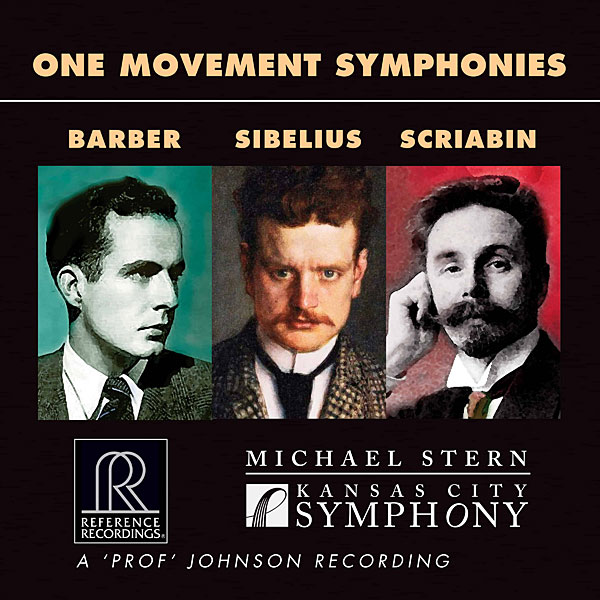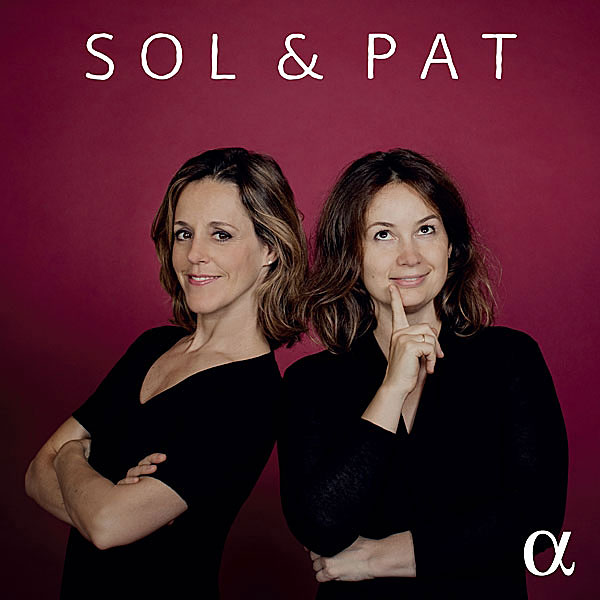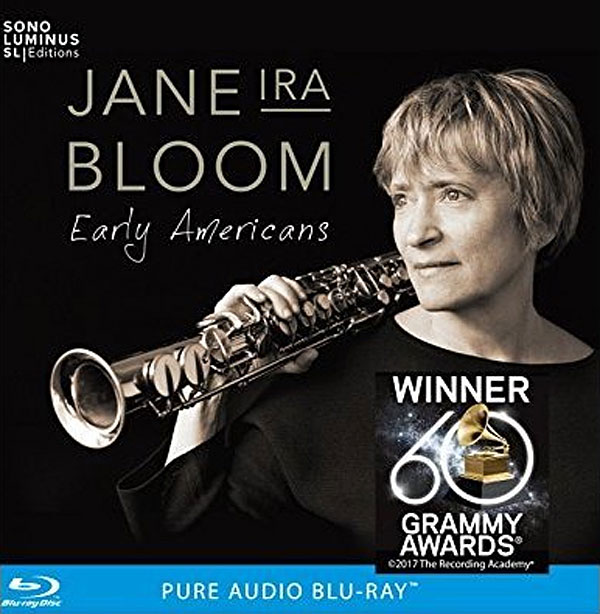| Columns Retired Columns & Blogs |
Topping has been building excellent equipment for a few years now. The technical performance absolutely embarrasses many more expensive manufacturers. If accuracy is the goal then it begs the question why anyone would need to spend more than $599 on their pre-amp.




















































